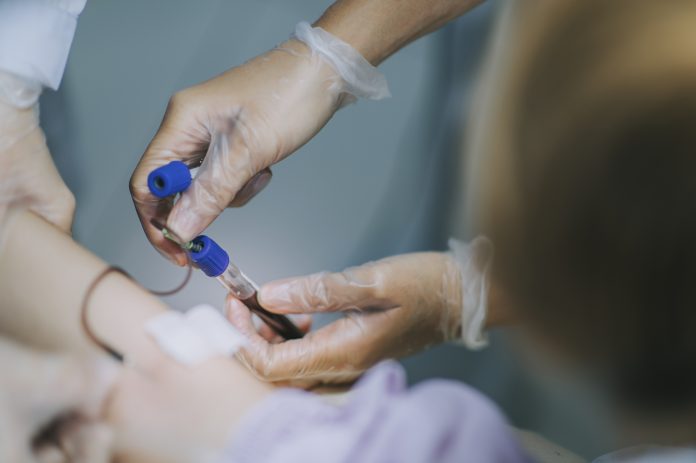
With evidence of the local community’s willingness to donate blood for research purposes to help alleviate the COVID-19 pandemic, San Diego Blood Bank and LunaPBC announced they will continue the collaboration by expanding these opportunities for blood donors to contribute to other health research efforts.
The launch of the partnership coincides with World Blood Donor Day which celebrates blood donors for their service and commitment to saving lives.
“When we began collecting convalescent plasma for COVID-19 hospital patients at the height of the pandemic, donors who recovered from the virus came out in droves to donate to help those in their community and beyond,” said Nikhil Nayak, chief business officer for San Diego Blood Bank. “Our blood donors often ask about additional ways they can support our mission, so we are proud to afford them the opportunity to influence the future of personalized medicine through innovative programs like this.”
According to a press release announcing the partnership, LunaPBC was chosen as a research partner due to its people-centric approach to how it uses data. Luna’s secure data framework “increases participant engagement and retention, ensures interventions meet the priorities and needs of individuals, and facilitates comprehensive, longitudinal studies” by allowing each person to make decision about how, when, and by whom their personal data is used.
San Diego Blood Bank has been at the forefront of not only providing services to the hospitals throughout Southern California, but also in further leveraging these donations to serve broader efforts in health and wellness education and in medical research. Evidence of its leadership position in the research community can be seen by its selection as the first volunteer sample collection sites for the NIH’s All of Us precision medicine research program in 2018. Its current database exceeds one million donors—data made even more valuable by the fact that it comprises data from diverse ethnicities and population.
“Factors such as genetics, age, gender, and ethnic origin play an important role in the effectiveness of medical treatments, which is why diversity in research participants is incredibly important,” said Nayak.
It’s dual purpose to provide blood to hospital and for research strikes a chord with regular blood donors. One such donor, Jeff Gonka noted: “One standard blood donation could save up to three lives, but one small blood sample donated for research could potentially save thousands of lives.”
LunaPBC made a big splash when it was launched in 2017 with its emphasis on using blockchain technology to provide a powerful security backbone for the patient data it collects, allowing each person who donates biological samples and other data to determine exactly how that data will be used on a case-by-case basis, and by compensating donors in shares of the company instead of money.
Since then, it’s progress has been steady, if not a bit under the radar, with perhaps the most significant development it’s 2019 collaboration with the Genetic Alliance to combine databases that both increased the depth Luna’s data while providing increased ownership and broader researcher opportunities to the patient communities served by the Genetic Alliance. A number of collaborations with researchers and pharma companies have followed including research and drug development for KCNT1-related epilepsy; a drug discovery program in Hunter Syndrome; and earlier this year a research program with Biogen to develop new therapeutics for Aicardi-Goutières syndrome.












